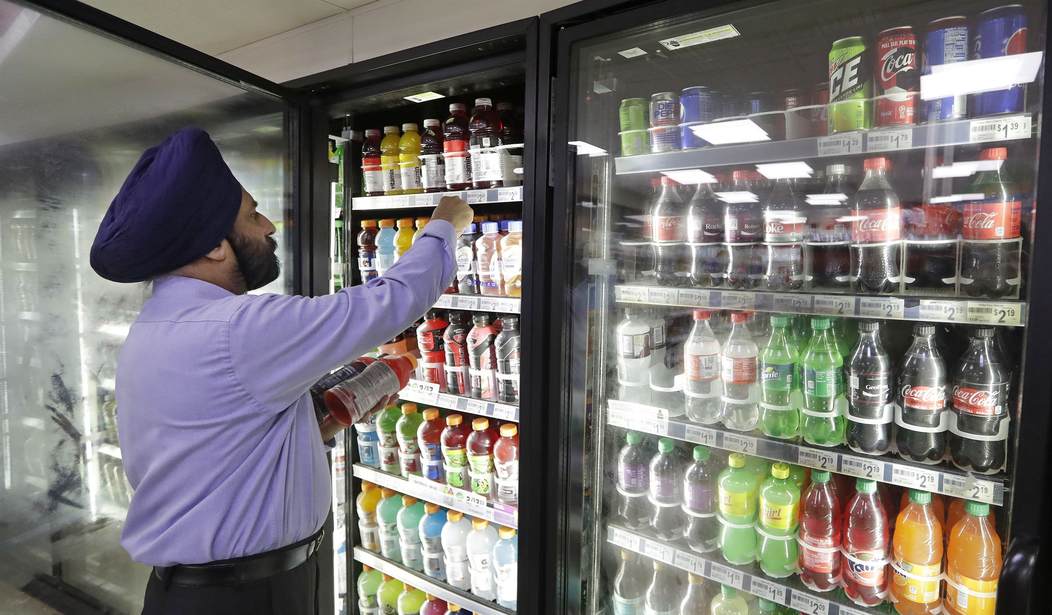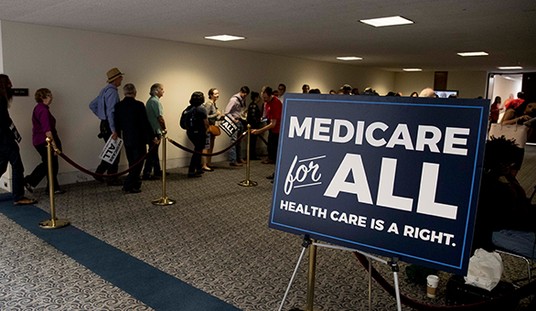“Gas Station Heroin” isn’t a nickname cooked up by news headlines. It’s the FDA’s own term for dangerous synthetic drugs now flooding American neighborhoods — substances like tianeptine, nitrous oxide, intoxicating hemp, and synthetic isolate alkaloids like 7 and Pseudo.
The point of sale? Not back alleys or the dark web, but your neighborhood gas station.
In a recent public health alert, FDA Commissioner Dr. Martin Makary warned that gas station heroin poses a “serious and continuing risk” to Americans, particularly young people. Bad actors are taking advantage of lax enforcement measures and crafty marketing tactics to sell gas station heroin products in plain sight in communities across the country.
They’re packaged as copycat snacks, supplements, and other novelty products. They’re marketed as natural mood boosters or high-potency natural alternatives to prescription drugs. But behind the false branding is a growing synthetic drug trade, one that’s already built an $8.5 billion retail ecosystem around unregulated highs.
This isn’t a new trend: Just like the rise of Spice and K2 in the early 2010s, today’s synthetic drug wave is fueled by a loosely organized network of smoke shops and convenience stores — mostly cash-heavy and tied to international supply chains. It’s the next evolution of the opioid crisis.
This is the playbook of the new-era drug empire, which imports synthetic substances and their base materials in bulk from China and India. It relies on retail partners, many of them foreign-owned, to move product and skirt regulation. It exploits regulatory blind spots and enforcement gaps, floods the market with chemically engineered highs, and walks away with billions of dollars in untaxed profits — all while regulators struggle to catch up.
Recommended
One of the newest, most dangerous substances driving the gas station heroin crisis is 7, a synthesized drug that contains large amounts of 7-hydroxymitragynine (7OH), a by-product compound found in minuscule amounts in dried leaf kratom. These products call themselves kratom, but they have almost nothing in common with the natural botanical that has been consumed safely for centuries.
By isolating a single compound from a leaf and chemically altering it in labs — often using industrial chemicals like potassium permanganate, or “pool shock” — it becomes something else entirely: a drug up to 13 times more potent than morphine, sold for just $6 a pill, with none of the plant’s natural protections. Many of the same players behind 7 are also manufacturing tianeptine and intoxicating hemp products, revealing a broader pattern of dangerous and deceptive behavior.
People are being hurt: Experts have issued multiple warnings urging consumers to avoid these synthetic substances, citing reports of seizures, loss of consciousness, and even death.
Reddit users who have tried 7 describe it not as natural kratom, but as more akin to powerful opioids like oxycodone or hydrocodone. They express shock that it’s sold without restrictions at gas stations and smoke shops. The drug’s accessibility and susceptibility to misuse have also raised alarms.
Animal studies confirm what these users are reporting: 7 is highly addictive and can suppress respiration, just like prescription and illegal opioids.
Federal regulators have taken some steps to address this growing category of easily accessible, illicit substances. The FDA placed tianeptine on an import alert, issued warning letters, and urged retailers to pull dangerous products. But that has done little to curb the epidemic, since many of these drugs are still legal, still masquerading as natural supplements, and still ending up in kids’ backpacks.
The last opioid crisis started in pharmacies and pain clinics. This one is beginning in gas stations and smoke shops, with dangerous lab-made products disguised as safe natural substances. Enabling this epidemic is a permissive system that capitalizes on people who are largely unaware of what they’re consuming.
As a result, gas station heroin drugs are spreading far faster than regulators can keep up with. After just two years, 7 and Pseudo can be found in tens of thousands of smoke shops and convenience stores. Usage of 7 has increased exponentially. Tianeptine has already taken root in multiple states. And lab-made hemp cannabinoids are growing increasingly popular, with more than 11 percent of U.S. high school seniors having used it.
Lawmakers have a choice: They can wait until this problem escalates into another full-scale drug crisis, or they can act now.
That starts by drawing a clear line between nature and chemistry. Ban synthetic and semi-synthetic street drugs like 7 and Pseudo, tianeptine, nitrous oxide, and intoxicating hemp from the retail market. Cut off the foreign influenced supply chain that’s infiltrating our neighborhoods. And do it without criminalizing the natural plants many of these synthetics are imitating.
The kratom leaf isn’t the enemy. A 2024 FDA-supported clinical trial confirmed what many already suspected: The plant poses minimal risk. The same goes for true hemp and non-intoxicating CBD. These aren’t the substances flooding kids’ bloodstreams and overcrowding ERs.
The real danger emerges when plants are chemically manipulated, repackaged under misleading labels, and sold unchecked to maximize profits while endangering lives.
We know what happens when we wait. If lawmakers don’t intervene, we won’t just repeat the last crisis, we’ll enable the next. And this time, the pills will be cheaper, more addictive, and sitting right next to your Gatorade.

























Join the conversation as a VIP Member